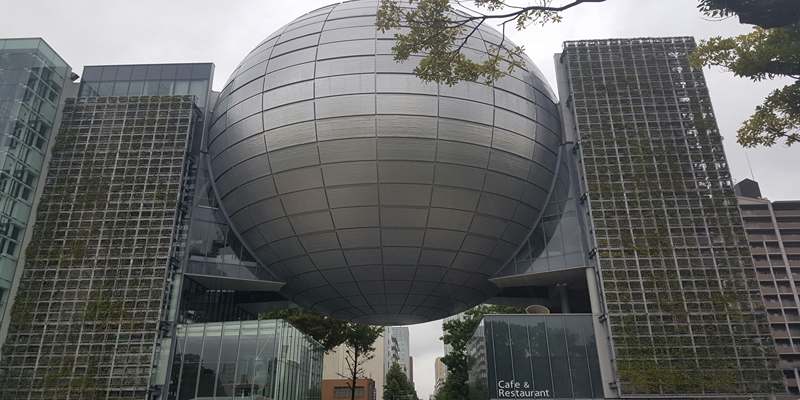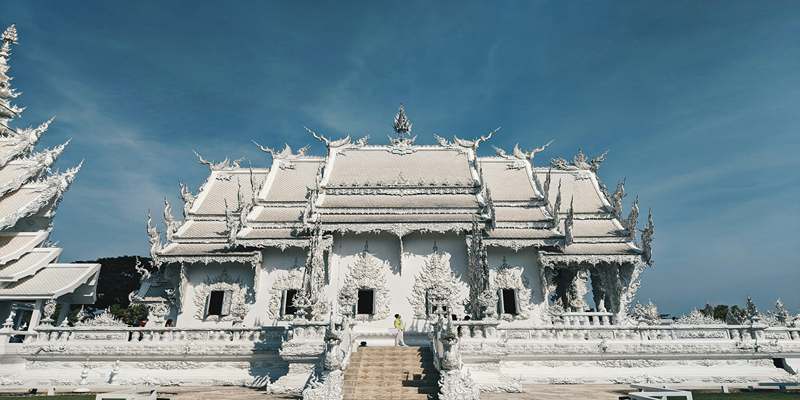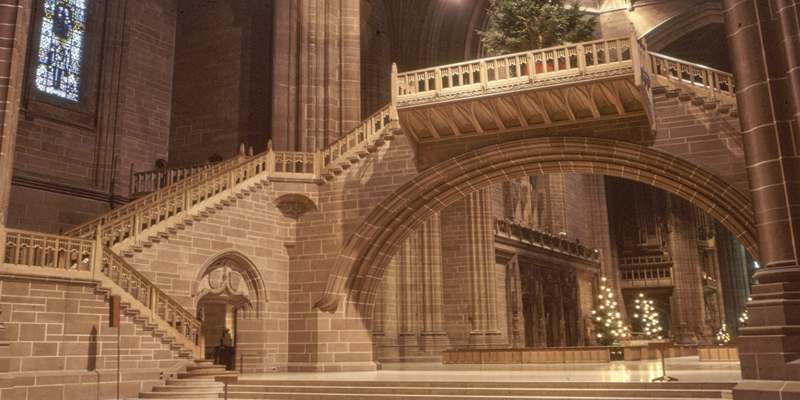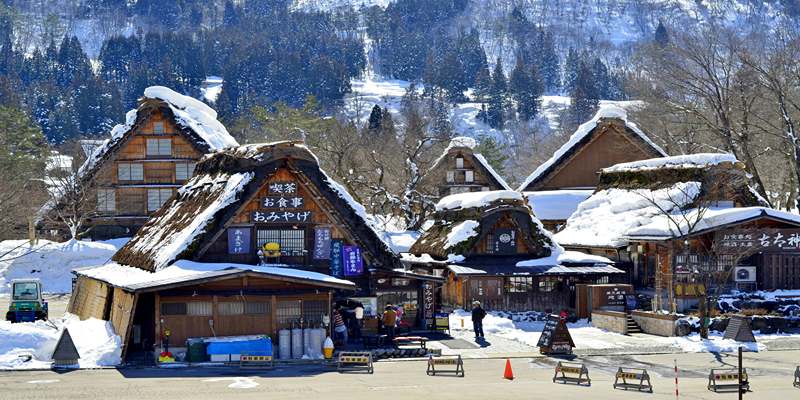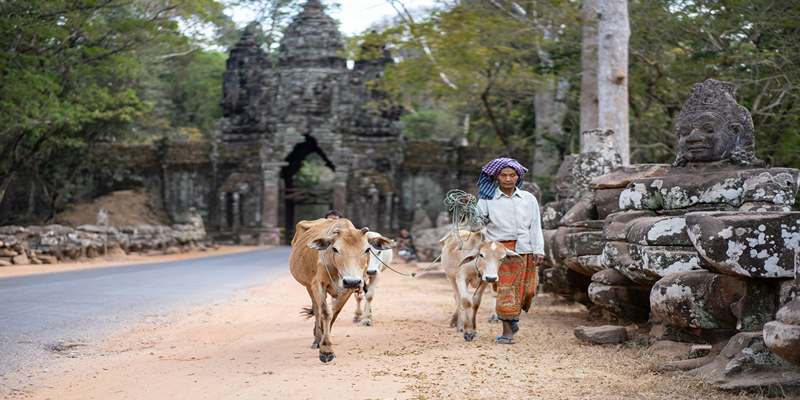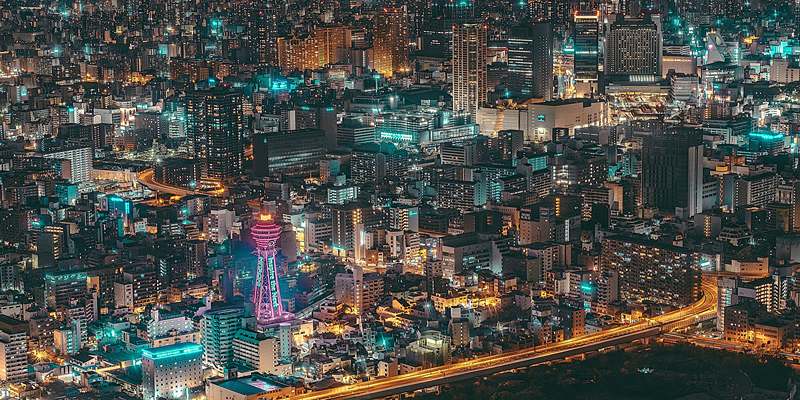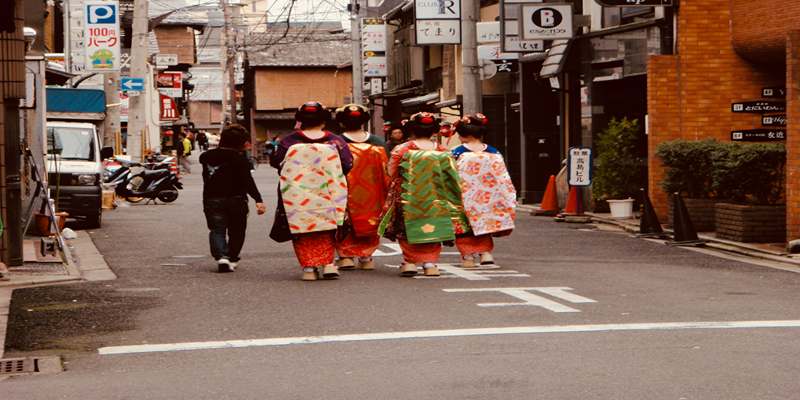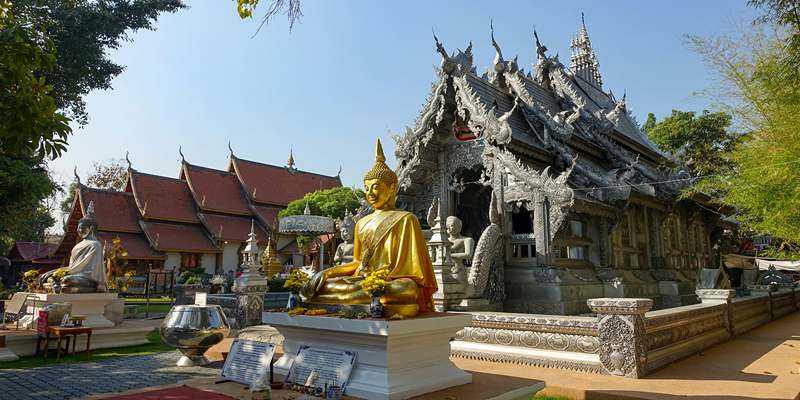The first glimpse of Angkor Wat is unforgettable. Towering spires rise against the sky, their reflection shimmering in the still waters of the moat. This ancient masterpiece, built in the 12th century, is more than just a temple—it is the soul of Cambodia, a monument to faith and ambition.
Walking through its sweeping corridors, one can almost hear the whispers of the Khmer Empire in its prime. The delicate carvings, the enormous sandstone blocks, and the imposing magnitude of the complex make it a site where history comes alive. Angkor Wat is not only viewed; it is sensed, felt, and remembered.
A Temple That Defines an Empire
Angkor Wat was initially constructed as a Hindu temple to Vishnu, a peculiarity of Khmer architecture since most temples were dedicated to Shiva. The design of the temple adheres rigidly to Hindu cosmology, and its highest tower represents Mount Meru, the sacred residence of the gods. The surrounding galleries represent scenes from the Ramayana and Mahabharata, cut with stunning accuracy that has survived centuries of sun and tempest. These bas-reliefs, measuring hundreds of meters long, are some of the most elaborate stone carvings in the world, and they convey the glory and religiosity of the Khmer Empire at its zenith.
With the passing centuries, Buddhism made room in Angkor Wat, remodeling its place in Cambodian culture. It didn't overwrite its history but overlaid new meaning on ancient stone. Now, saffron-clad monks traverse its grounds, lighting incense in front of statues that replaced the former Hindu gods. And though transformed, the soul of Angkor Wat is intact—silent and yet commanding, tranquil and yet engulfing.
Walking through its corridors, you feel the weight of time. The stones beneath you smooth from myriad pilgrims' journeys, their prayers absorbed into the temple's very foundation. In places, the jungle has tried to reclaim its hold, roots snaking through cracks, but Angkor Wat endures, standing resilient against the shifting tides of history.
Siem Reap: The Gateway to a Lost Civilization
Siem Reap, once a quiet town, has flourished into a bustling hub fueled by those drawn to the majesty of Angkor Wat. Unlike other cities in Cambodia, it carries an energy that blends ancient wonder with modern exploration. Streets are lined with markets selling handmade crafts, tuk-tuks weave through the roads carrying eager travelers, and the aroma of Khmer cuisine fills the air.

Yet, the true soul of Siem Reap is found beyond its lively atmosphere. The surrounding temples of Angkor—Bayon with its enigmatic faces, Ta Prohm swallowed by towering trees—add to the grandeur of this lost civilization. Exploring these ruins is an experience in itself, each site offering a glimpse into the rise and fall of the Khmer Empire. Bayon, with its hundreds of stone faces gazing in every direction, is an eerie yet mesmerizing contrast to the grandeur of Angkor Wat. Meanwhile, Ta Prohm is left in its natural state with massive tree roots entwining its stones, and it feels like a place where history and nature exist in harmony.
Beyond the temples, Siem Reap’s landscapes reveal another side of Cambodia. The floating villages of Tonle Sap tell stories of a life dictated by the rhythms of water, where homes rise on stilts above the shifting tides. The countryside, with its golden rice fields and scattered pagodas, reflects a country still connected to its roots.
For those seeking to experience more than just temples, Siem Reap offers traditional Apsara dance performances, which bring ancient Khmer legends to life through graceful movements. Food lovers can immerse themselves in Cambodian cuisine, with dishes like fish amok, a fragrant coconut-based curry, or kuy teav, a noodle soup that embodies the region’s flavors.
The Timeless Beauty of Angkor Wat at Sunrise
Few sights in the world compare to the sunrise at Angkor Wat. In the early hours before dawn, visitors gather at the edge of the temple’s moat, waiting in silence as the sky slowly shifts from deep indigo to hues of gold and crimson. The silhouette of the temple emerges against the rising sun, its reflection mirrored in the still waters below. It is a fleeting moment, yet one that lingers in memory long after.
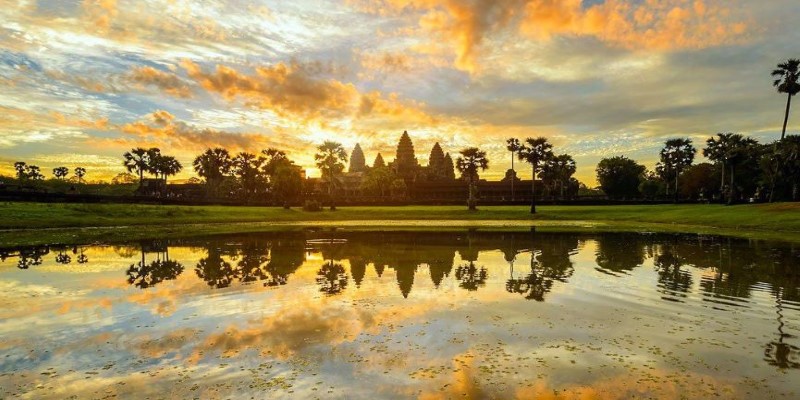
This experience is not just about the view—it is about the stillness, the anticipation, and the collective hush as the first light touches the stone. In that moment, Angkor Wat feels alive, a place that breathes with the stories it holds. It is a reminder that greatness is not just in what was built but in what endures.
For those who wish to explore Angkor Wat beyond the morning spectacle, wandering through its vast corridors reveals layers of history. Some carvings are still crisp, while others have softened under the touch of time. Hidden nooks and lesser-traveled pathways invite quiet reflection away from the crowds. Climbing to the upper levels gives you a sense of the temple's scale, with sweeping views of the jungle stretching beyond its walls.
Angkor Wat offers new perspectives at different times of the day. In the golden light of late afternoon, the temple glows with an ethereal warmth, casting long shadows that enhance its grandeur. At night, under a sky thick with stars, it stands in quiet majesty, untouched by the modern world.
Conclusion
Angkor Wat is not merely a place to visit—it is a journey through time, a connection to a civilization that once reigned with brilliance. Every carved detail, every towering spire, and every shadow cast by the ancient walls tells a tale of faith, power, and legacy. Though centuries have passed, it remains Cambodia's heart, its pride, and its symbol of resilience. To walk its corridors is to walk through history itself, to feel the presence of those who came before, and to leave with a sense of something greater than oneself. Angkor Wat is more than a temple; it is the spirit of Cambodia, standing unshaken amidst the greatness of time.

